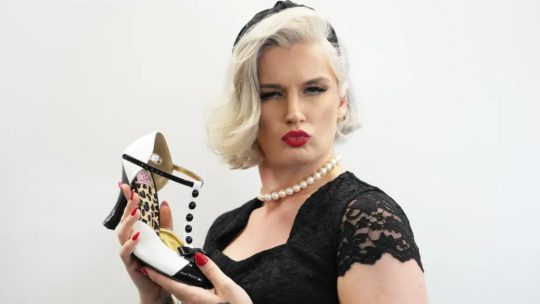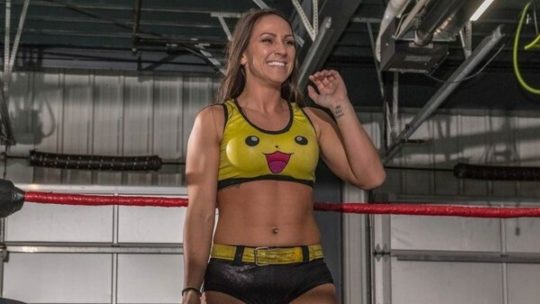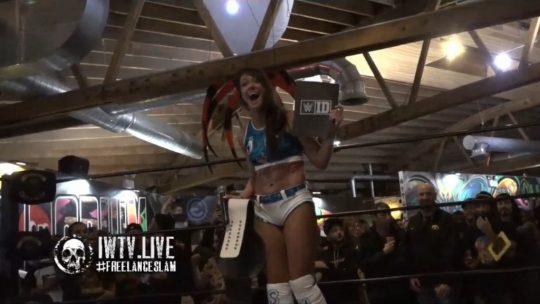A recent episode of the Foley is Pod podcast featured co-host Mick Foley giving his thoughts about his iconic fall off of the Cell cage spot during his famous Hell in a Cell match with The Undertaker in 1998.
“The big bump was supposed to be the chokeslam. I had not talked about being thrown off the top of it. The visual I was looking for, now you see that when Undertaker chokeslammed me, I’ll remember this sound, and the next thing I know, I’m waking up, I realize I’ve got a couple of teeth missing, and there’s a pair of shoes in the ring, and I had no idea how they got there. I didn’t realize that, in an attempt to buy me time, because that was one of the great ironies, to me, of wrestling, was everyone picks on it, not everyone, but the non-fans, for being phony and show business and fake. But it’s like, hey man, does to it sport continue when one of the participants is no longer conscious? Because mine does. At least it did in ‘98. Luckily that’s not the case now because we’ve learned a lot. So the idea was, this was the big visual I was looking for, Undertaker’s gonna chokeslam me, and a corner of that cell, of that panel is going to give way, and he’s eventually gonna stuff me down head-first, so the visual I thought is, I’m gonna be upside down, flailing my arms around, and eventually he’ll let go of my knees, where he’d be kind of holding me, and I would just have to take my own bump into the ring, just doing a semi-turn, and it’d be a big height, but I thought I could do that. It was only during the course of the day that I said, hey, how about you throw me off the top of that thing? Going back to what Terry Funk said. I just said it so casually to Taker and Vince that I tried to downplay it as being a big deal. Vince was like, ‘I don’t know if I like that, Mick.’ I said, ‘If I told you I was gonna drop an elbow and Taker was going to move, you’d let me do that, right?’ So I’m going with a positive, I don’t know if positive reinforcement’s the right term for it, but I’m laying it out as if it’s not a big deal when it clearly was. He was like, ‘I guess so.’ I said it’d be the same bump, which it absolutely was not. So I kind of threw that into the mix, at least, this is my recollection of it, the day of. Up until then, the visual I was looking for was that tearing of the panel of the cell.
There’s this moment where I attempt to suplex The Undertaker on top of the cell, and brother, he shot that shit down in a hurry. Just cut me off, and then the next thing I know, I’m taking flight. He just said, ‘Are you ready?’ I said, ‘Yup,’ and off we went. Grabbed me by the collar and the waistband of my cool brown tights, and off I went.”
Foley also gave his thoughts about the difference between falling off of the Cell cage and other high leaping spots he did before in his career.
“Right. I mean, second turnbuckle, and years before this match, going back to ‘91 in WCW, I was saying, ‘I can’t jump high, so I jump from high places.’ But there’s a difference between the four-foot ring apron or I guess seven-feet is the second turnbuckle, and this is a legit 16.”
Foley also revealed that he did not know how to turn his body during the fall to lessen the impact of the landing.
“I didn’t. I did not. I really sold the idea of me flying off there so casually that I think Vince and Undertaker thought, ‘He sounds like he knows what he’s doing.’ Clearly, it’s not dropping an elbow. I don’t know. I don’t think I could have done it better a second time. It just made for an unforgettable moment and probably prevented me from being hurt even worse than I would have been if I had hit the monitors.”
Foley also gave his thoughts about how his fall from the Cell could have gone wrongly in a number of different ways and his appreciation of the moment afterwards.
“Oh sure, it really could have. There were so many surreal moments that night. One of them is the guardrail, and the fact that about a third of my body was underneath the guardrail, like among the fans. Today they’ve got the cool barriers that look much better on TV, but you would have lost that visual of like, he’s in the crowd, underneath that debris and the way the table broke, it was covering half my body. Not half my body, but you could clearly see that the loser part of my body was out there in the crowd, and it was a shock because nobody called that shot. From that moment on, in big matches, including a couple of my own, you’re almost like Babe Ruth calling his shot, fans have come to expect some big surprises, but nobody saw that coming. So I had a minute to really appreciate what we had done and the shock of the crowd, and the feeling that the match was over. But nobody was thinking, wow, they didn’t give us our money’s worth because they only went 48 seconds. I had no idea had made this legendary call that added so greatly to it, ‘By god, he’s been broken in half,’ that it’s become such a part of popular culture.”
Transcript h/t: Fightful.com
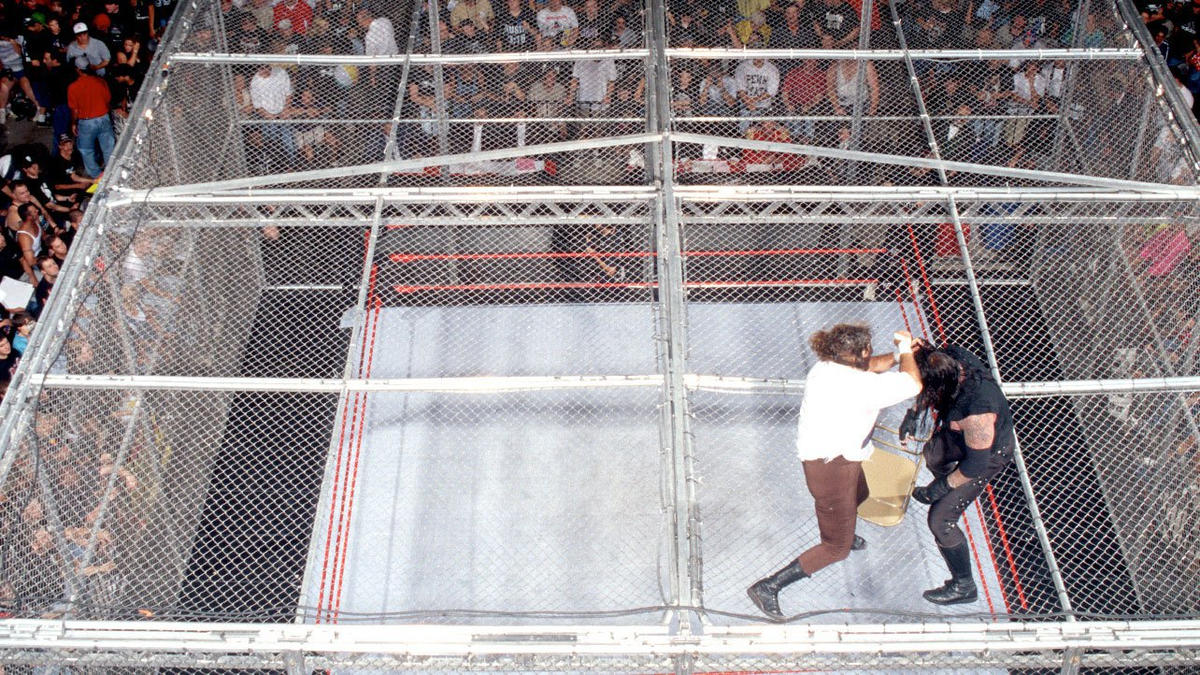
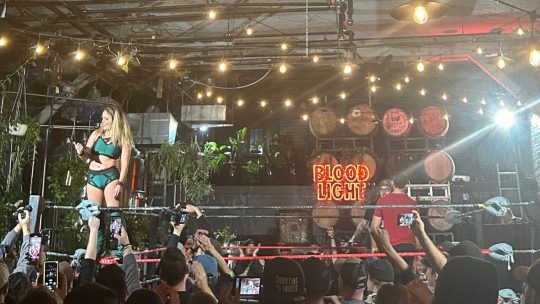 Zoe Sager Announced as Newest WWE ID Signee at Sunday’s Northern Crown Event
Zoe Sager Announced as Newest WWE ID Signee at Sunday’s Northern Crown Event AEW: The Bunny (Allie) Reflects on Her Time in AEW, Backstage Update on Saraya’s Current AEW Absence, WrestleDream 2024 PPV Buys Update
AEW: The Bunny (Allie) Reflects on Her Time in AEW, Backstage Update on Saraya’s Current AEW Absence, WrestleDream 2024 PPV Buys Update “Speedball” Mike Bailey’s Expired TNA Contract & Expected to Join AEW Update – Bailey’s TNA Contract Reportedly Did Not Expire & Potential AEW Debut Plans
“Speedball” Mike Bailey’s Expired TNA Contract & Expected to Join AEW Update – Bailey’s TNA Contract Reportedly Did Not Expire & Potential AEW Debut Plans